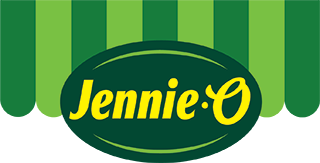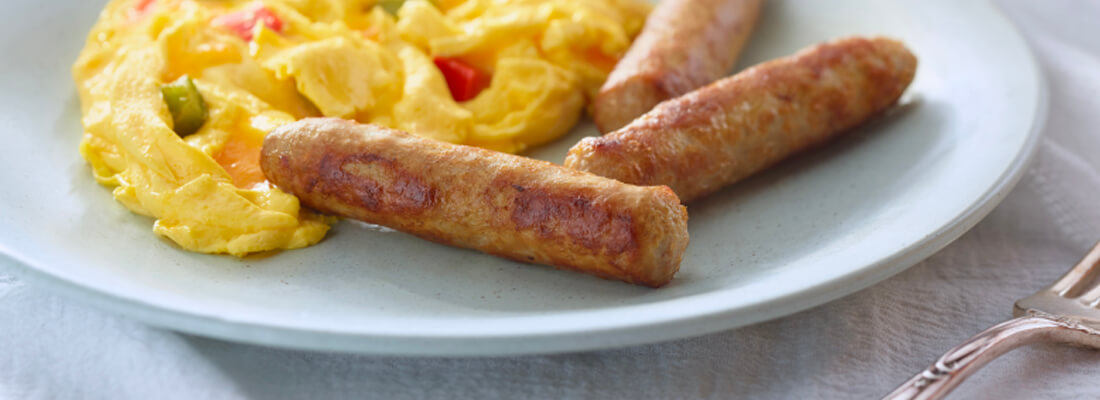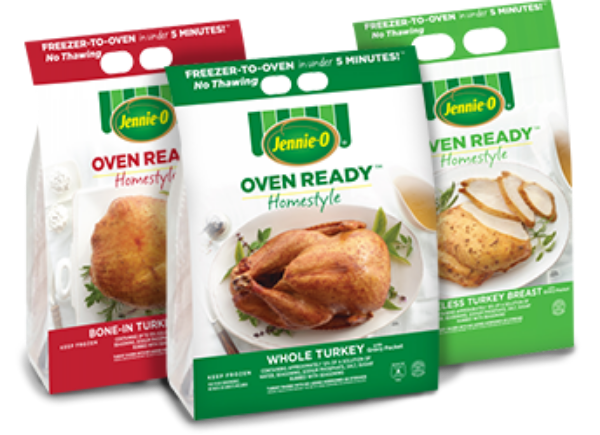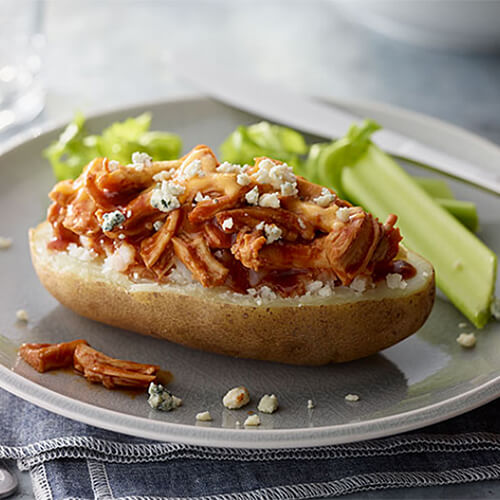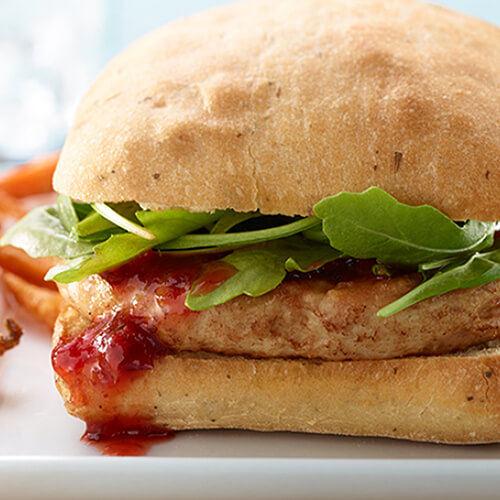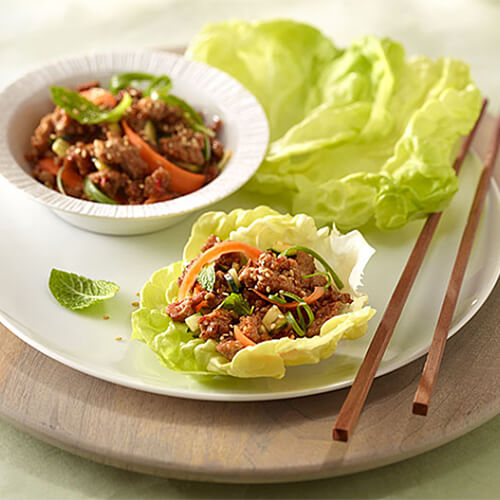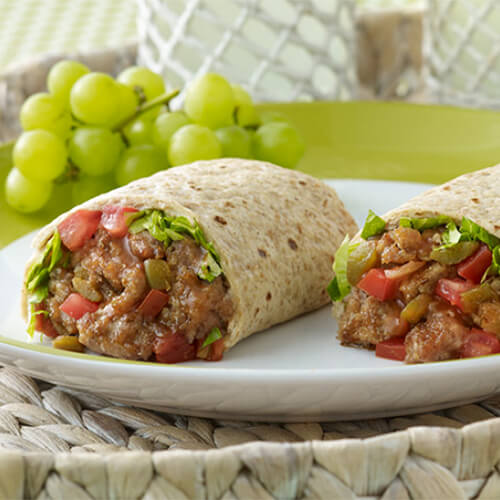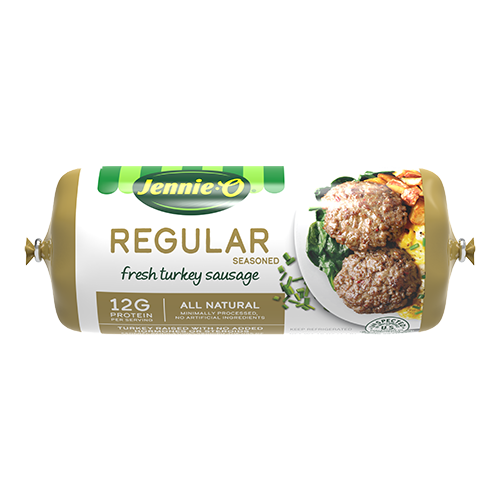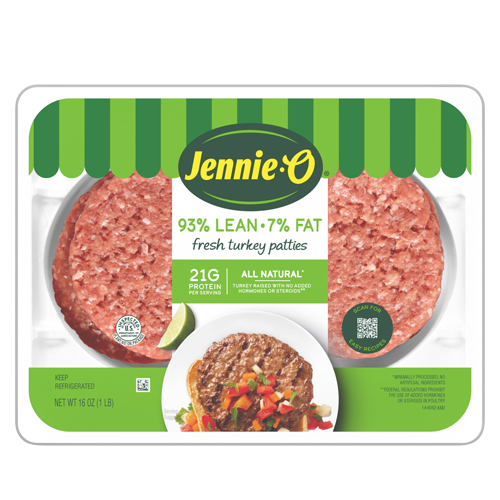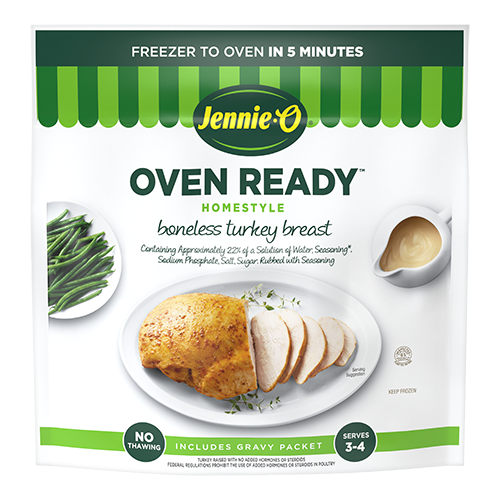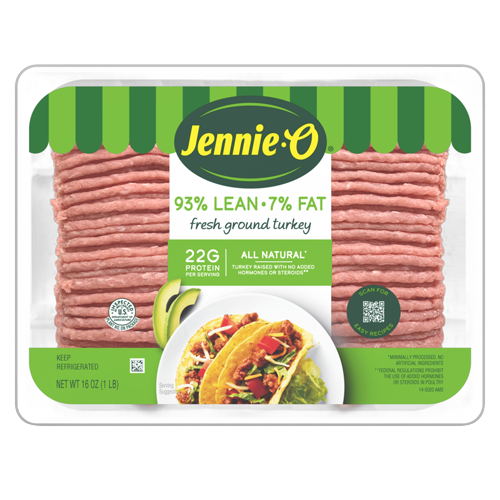What is the Keto Diet? Jennie-O’s Guide to Cutting Carbs and Cutting Weight.
The keto diet— a high-fat, low-carb eating plan—is everywhere. Maybe you’ve heard people talking about it at the gym. Maybe your neighbor is trying it out. No matter how you heard about it, people all over the world are trying out a keto lifestyle and are rapidly shedding weight by cutting carbs in a major way.
(If you’re a seasoned pro and looking for great keto diet recipes, head on over to our great directory of keto diet recipes and menus.)
What is the Keto Diet?
The ketogenic diet is a low-carb, high-fat diet that’s all about dramatically reducing carbohydrate intake and replacing it with fat. This may be counterintuitive to most fad diets you’ve heard about. However, the keto diet is rooted in the idea of the body reaching a metabolic state known as ketosis.
When your body reaches ketosis, your body has become more efficient at burning fat for energy. It will also begin turning fat into ketones in the liver, which supply energy for the brain. A ketogenic diet can be the catalyst to massive reductions in insulin and blood sugar levels.
Foods to Eat
Carbohydrates can be hard to quit, as they are in just about everything. But, that doesn’t mean you have to deprive yourself of great tasting food.
Here are the main foods that are high-in-fat, low-in-carbs and are great starting place for anyone wanting to dip their feet into keto diet:
- Meat: Steak, ham, sausage, bacon, turkey, and chicken.
- Cheese: Cheddar, cream cheese, goat cheese, mozzarella, or blue cheese (always unprocessed).
- Low-carb veggies: Tomatoes, peppers, onions, and most green veggies will do the trick.
- Fatty fish: Salmon, tuna, mackerel, and trout.
- Condiments: You can still use salt, pepper, and other various herbs and spices.
- Eggs: Look for omega-3 or pastured whole eggs (from cage-free, free-roaming hens).
- Butter and cream: Always go for dairy from grass-fed cows, whenever possible.
- Avocados: Whole avocados.
- Nuts and seeds: Walnuts, flax seed.
- Healthy oils: Coconut oil, avocado oil, and most of all, extra virgin olive oil.
Foods to Avoid
Now that you have your bases loaded for what you should be eating, it’s time to talk about what foods you should be avoiding in order to maintain ketosis.
- Sugary foods: Fruit juice, smoothies, candy, cake, ice cream, and sodas.
- Grains or starches: Many wheat-based products like pasta, rice, cereal, and others.
- Alcohol: Many alcoholic beverages can contain high-carb content, throwing your body out of ketosis.
- Beans or legumes: Kidney beans, peas, chickpeas, lentils, and other beans are all great sources of protein but also are usually packed with carbs.
- Root vegetables and tubers: Potatoes, sweet potatoes, parsnips, and carrots are all very high in carbs and starches.
- Fruit: Shockingly, nearly all fruit should be avoided on the keto diet, with the exception of small portions of berries
- Low-fat diet products: Highly processed diet foods tend to be made with lots of carbohydrates to supplant their lack of calories.
- Sugar-free diet food: More highly processed foods that do not contain sugar, but come with high levels of sugar alcohols, which can impact ketone levels in your body.
- Some condiments and sauces: Make sure to read the labels of your favorite condiments. Herbs and spices are typically keto-friendly, but some sauces can come with high levels of carbohydrates.
- Unhealthy fats: Processed vegetable oils and things made with them (like mayonnaise) can affect your ketosis status.
Avoiding carb-based foods like sugars, grains, potatoes, candy, juice, and even most fruit will be essential for finding the results you are looking for with a ketogenic lifestyle.
Take a look at all of our great keto diet recipes and menus and get moving toward a happier, more nutritious you.
